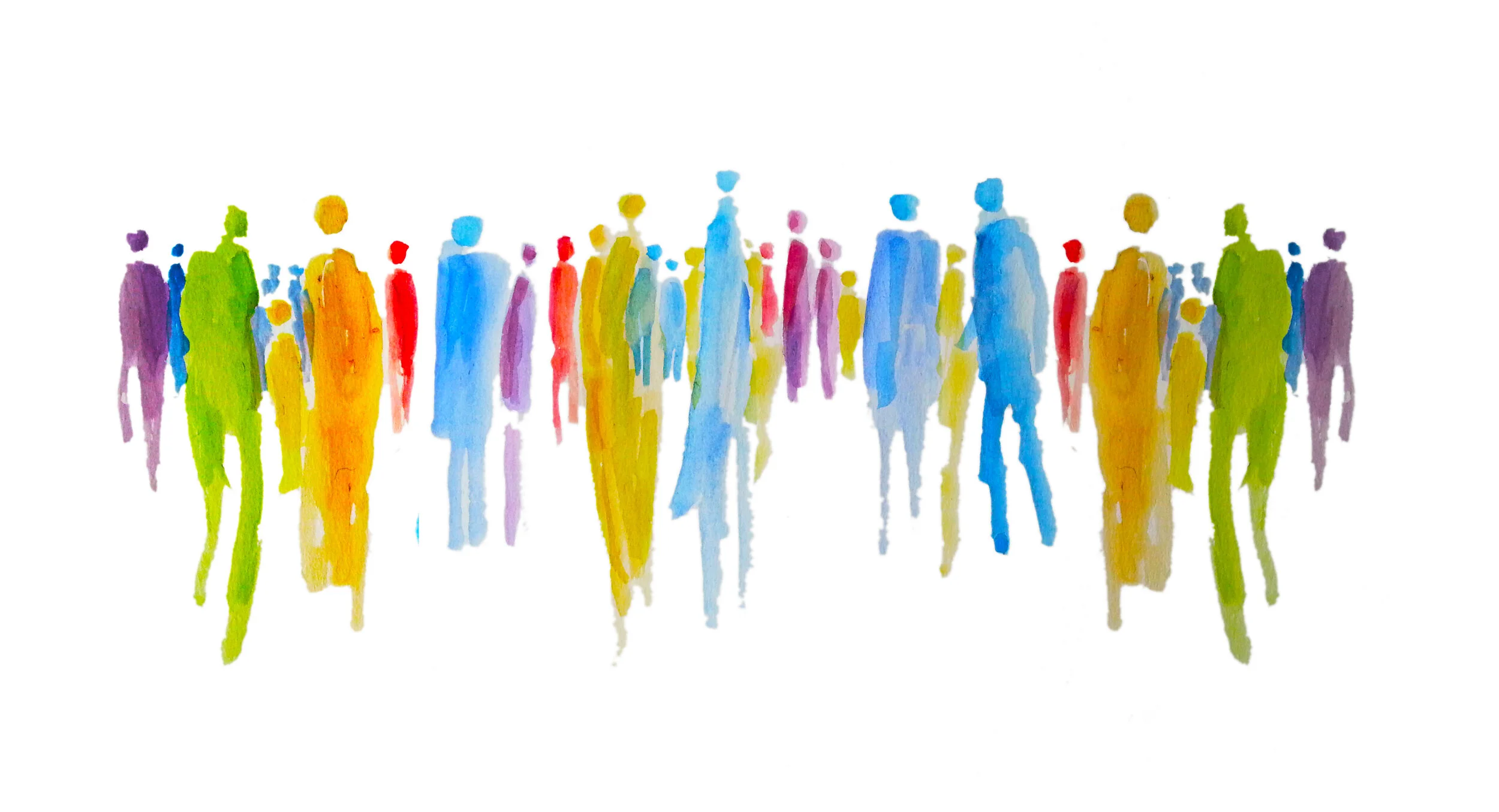While many may use the terms “sex” and “gender” interchangeably, there is a great difference between these words. In order to foster a sense of diversity, we must understand the distinctions which separate these phrases. This blog will define both sex and gender, highlighting their differences and sharing how to use these terms in an inclusive light.
Sex is defined as the genetic factors which determine a human being’s reproductive functions. This characteristic is usually assigned at birth by doctors due to the child’s genitalia. A person’s sex often includes biological features, like their genes and hormones, as well as physical traits. However, a common misconception is that sex is limited to the male and female binary. In reality, there are a few different medically supported sexes. One of the most common is intersex people, born with a discrepancy between their internal and external sex characteristics. Nearly 2% of the world’s population has intersex traits (Amnesty International). That’s around the same number of people born with red hair! In addition to this, there are multiple other designations for people born with unique hormone production, combinations of chromosomes, and physical traits.
In contrast to sex, gender is a social construct determined by cultural roles and personal identifications. Gender can be viewed on a spectrum rather than the previous binary of male and female. When meeting new individuals, it is integral to never assume their gender, especially if you are unsure of their pronouns or preferences. Most people do identify as men or women, but some may identify with both, neither, or somewhere in-between the two. For example, some non-binary individuals often use they/them pronouns to distance themselves from male and female designations. Others may use a unique combination like she/they to demonstrate their affinity to one side of the spectrum. Lastly, a person’s sex and gender do not have to match. This is often the case for transgender individuals who were assigned a different sex at birth. If we are confused about a new coworker’s gender, we should ask politely for their pronouns and chosen identity! Once we have this information, a few Google searches can help us better understand our teammate and ensure that they feel welcomed and included in office culture.
While the difference between gender and sex may still be difficult to comprehend for some people, it’s important that we make an intentional effort to learn about these factors as they strongly contribute to diversity, equity, and inclusion. Understanding the idiosyncrasies between these two terms can help us appreciate and accept members of the LGBTQ+ community. Through this process, we can incorporate messages of gratitude and inclusion into our daily interactions as we become more informed and welcoming individuals.
Dima Ghawi is the founder of a global talent development company. Her mission is providing guidance to business executives to develop diversity, equity and inclusion strategies and to implement a multi-year plan for advancing quality leaders from within their organization. Through keynote speeches, training programs and executive coaching, Dima has empowered thousands of professionals across the globe to expand their leadership potential. For more information, visit DimaGhawi.com and BreakingVases.com.























